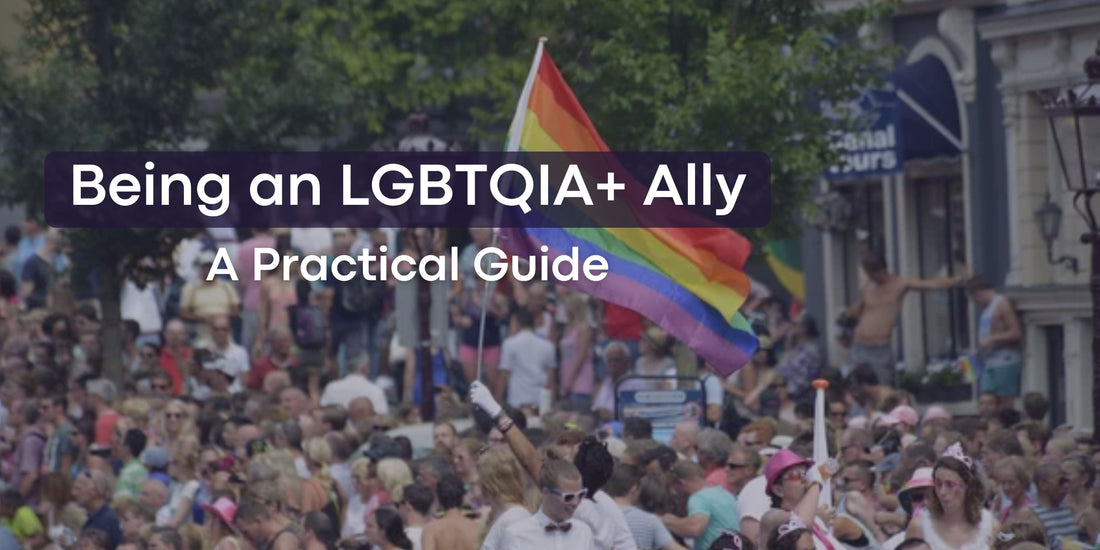Standing with the LGBTQIA+ community means more than having good intentions — it means taking action. Whether you're new to the idea of allyship or looking to deepen your commitment, this guide offers practical ways to support queer, trans, and non-binary people in your everyday life.
1. Start by Listening and Learning
Being an ally begins with listening. Instead of assuming you understand what LGBTQIA+ people go through, take time to hear their stories, read their words, and learn from their lived experiences.
📚 Read: Stonewall by Martin Duberman, The Transgender Issue by Shon Faye, or follow creators like Alok Vaid-Menon or Blair Imani on social media.
2. Respect Names, Pronouns, and Identities
Using someone’s correct name and pronouns is basic respect. If you’re unsure, it’s okay to ask — and if you make a mistake, simply correct yourself and move on without making it a big deal.
👋 You could start with: “Hi, I’m Alex, and my pronouns are she/they. What are yours?”
3. Challenge Anti-LGBTQIA+ Behavior
When you hear a homophobic joke, a transphobic comment, or see someone being excluded — say something. Silence allows discrimination to continue. You don’t need to be perfect, just present and willing to speak up.
🛑 Example: “That comment isn't okay. Here’s why it matters.”
4. Support Queer-Owned Projects and Spaces
Allyship includes economic and social support. Buy from LGBTQIA+ creators and businesses, donate to community organizations, and share their work with your circles. These actions help build safer, more inclusive spaces.
🏳️🌈 Consider donating to: Transgender Europe, The Okra Project, or your local LGBTQIA+ centre.
5. Use Inclusive Language
Small changes in the way we speak can make a big difference. Avoid assuming gender or relationship dynamics. Instead of “boyfriend/girlfriend,” try “partner.” Use gender-neutral terms until someone shares how they identify.
🗣️ Say: “Are you seeing someone?” instead of “Do you have a boyfriend?”
6. Take Responsibility for Your Own Learning
It’s not the job of LGBTQIA+ people to educate you — especially about the basics. Be proactive in learning about queer history, gender diversity, and terminology. There are many resources created for this purpose.
💡 Useful links to learn more:
7. Celebrate Queer Joy
Being an ally isn’t just about standing against discrimination — it’s also about celebrating LGBTQIA+ people in moments of joy, success, creativity, and love. Pride is protest, but also celebration.
🎉 Amplify stories of queer love, art, culture, and happiness.
Final Thoughts
Allyship isn’t a one-time action or a title you give yourself — it’s a lifelong practice rooted in listening, showing up, and doing better when you know better. Mistakes will happen, but what matters most is your willingness to grow and stand in solidarity.




